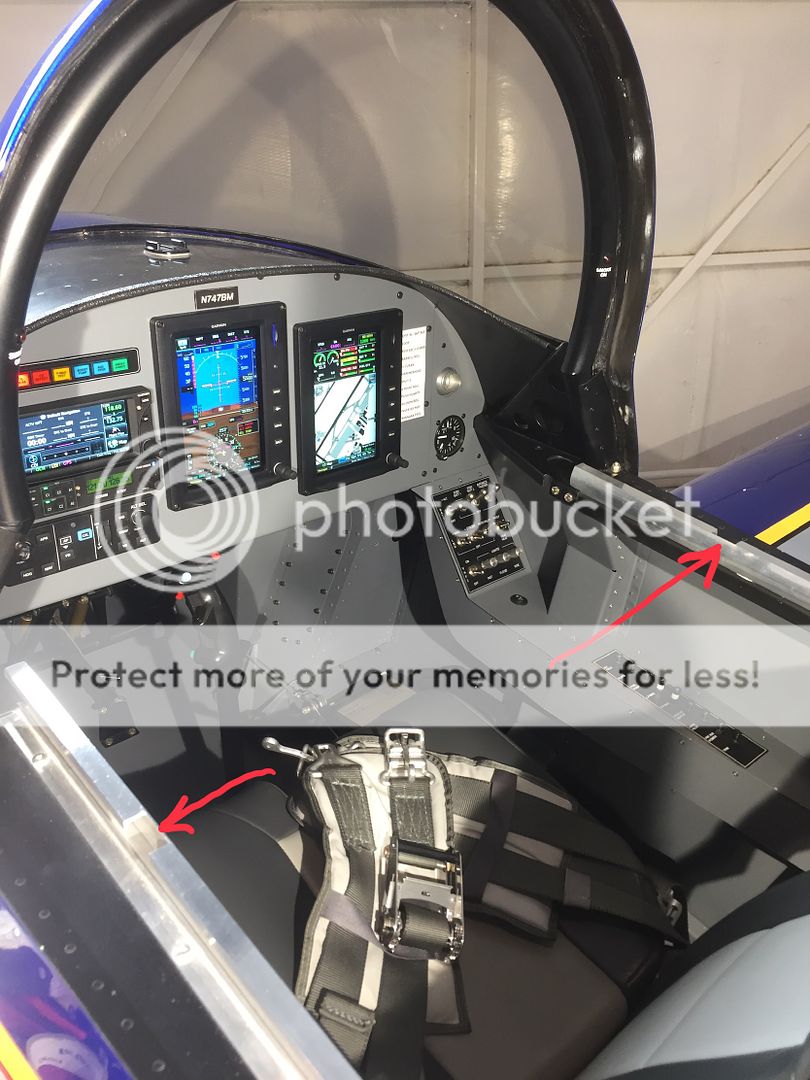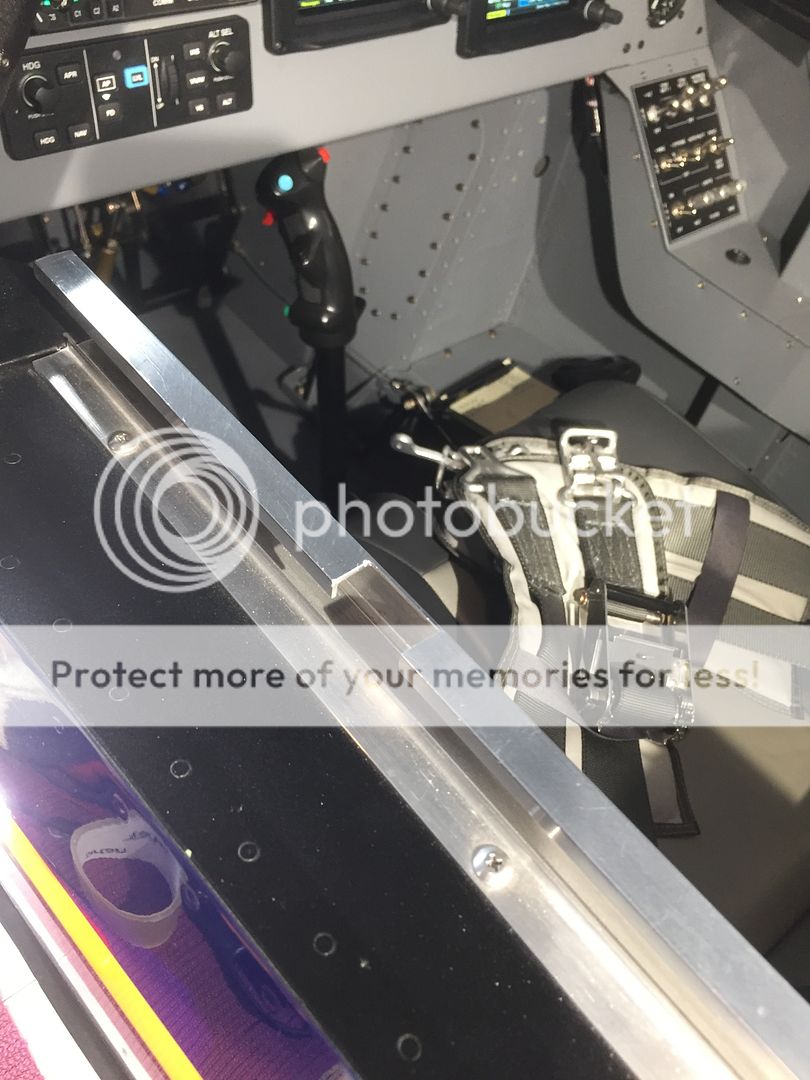Toddsanderson
Well Known Member
OK, so I sold my Glasair because it scared my wife. It was just too much plane for her to handle if I became incapacitated. There was no BRS option, so I traded it for a Cirrus. After owning the Cirrus about 7 minutes I realized how much I hated it, so I am looking for a compromise.
The RV14 appears to have decent speed, interior room, baggage room, and is easy enough to fly that my wife could likely get it on the ground in case I cannot fly the plane.
With that said, an extra measure of safety (and piece of mind) for my wife would be wearing an emergency backup parachute. In my old Iskra TS-11 I wore a bulky military chute every time I flew; however, it had metal seats and comfort wan't really a factor in the plane anyway. You were just hoping to get back on the ground alive.
Would a chute such as the micro softie be comfortable to wear in a long x-county? You can buy a pair of them for $5k which is about $25k less than installing BRS on an RV, but if it is too uncomfortable to wear it is a non starter.
One benefit I see over BRS is the ability to exit the plane with your chute in case of a fire instead of burning up in the plane. One disadvantage would we trying to exit a plane that could be tumbling out of control.
Anyone have experience wearing them on long x county trips??
The RV14 appears to have decent speed, interior room, baggage room, and is easy enough to fly that my wife could likely get it on the ground in case I cannot fly the plane.
With that said, an extra measure of safety (and piece of mind) for my wife would be wearing an emergency backup parachute. In my old Iskra TS-11 I wore a bulky military chute every time I flew; however, it had metal seats and comfort wan't really a factor in the plane anyway. You were just hoping to get back on the ground alive.
Would a chute such as the micro softie be comfortable to wear in a long x-county? You can buy a pair of them for $5k which is about $25k less than installing BRS on an RV, but if it is too uncomfortable to wear it is a non starter.
One benefit I see over BRS is the ability to exit the plane with your chute in case of a fire instead of burning up in the plane. One disadvantage would we trying to exit a plane that could be tumbling out of control.
Anyone have experience wearing them on long x county trips??







